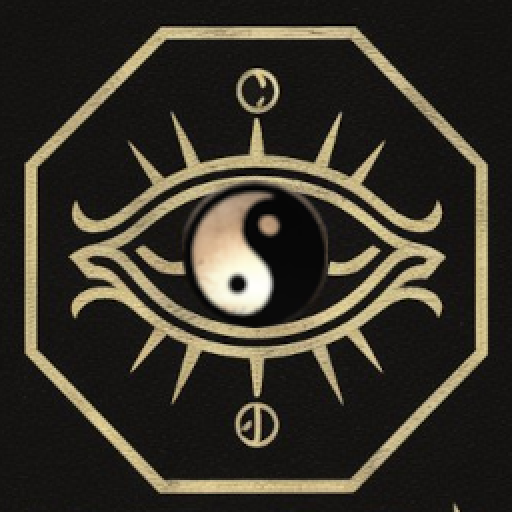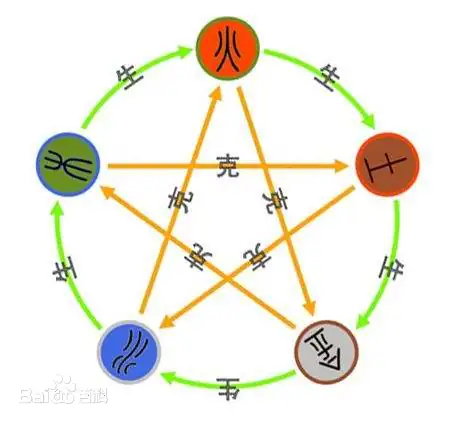Introduction
Traditional Chinese Medicine (TCM), as an ancient medical system, is deeply rooted in the cultural soil of the Chinese nation for thousands of years. The theory of Yin-Yang and the Five Elements is the core of TCM. It not only guides the diagnosis and treatment in TCM but also profoundly influences the daily life and way of thinking of Chinese people. This article will delve into the concept of Yin-Yang and the Five Elements in TCM, revealing its important position in natural philosophy and the wisdom of life.
Yin and Yang: The Dual Rhythm of Life
The Philosophical Basis of Yin and Yang
Yin and Yang are the basic concepts in Chinese philosophy that describe the physiological and pathological phenomena of nature and the human body. Yin and Yang represent two fundamental and opposite forces or attributes in the universe. Yin is usually associated with cold, dampness, tranquility, descent, and interiority, while Yang is associated with heat, dryness, movement, ascent, and exteriority.
The Balance and Imbalance of Yin and Yang
The balance of Yin and Yang is the foundation of health, and the imbalance of Yin and Yang is the root cause of disease. TCM practitioners observe the patient’s signs and symptoms to determine whether Yin and Yang are balanced, thereby determining the treatment method. For example, if a patient exhibits cold symptoms, such as cold hands and feet, pale complexion, TCM might adopt methods to warm Yang.
Application of Yin and Yang in TCM
TCM uses the theory of Yin and Yang to explain and guide clinical practice. In diagnosis, TCM practitioners consider the patient’s Yin and Yang attributes comprehensively to determine the cause and treatment method. In treatment, TCM practitioners choose appropriate herbs and treatment methods based on the balance of Yin and Yang.
The Five Elements: The Harmonious Rhythm of Nature
The Philosophical Significance of the Five Elements
The Five Elements refer to wood, fire, earth, metal, and water, which are the abstract expressions of the five basic elements in nature. The theory of the Five Elements believes that there is a generative and restrictive relationship between these five elements. Through this relationship, the Five Elements interact with each other to maintain the balance of nature and the human body.
The Generation and Restriction of the Five Elements
- Generation: Wood generates fire, fire generates earth, earth generates metal, metal generates water, and water generates wood, forming a cycle.
- Restriction: Wood restricts earth, earth restricts water, water restricts fire, fire restricts metal, and metal restricts wood, also forming a cycle.
The Relationship Between the Five Elements and the Viscera of the Human Body
The theory of the Five Elements corresponds the visceral system of the human body to the Five Elements, forming a model that explains and guides the physiological and pathological phenomena of the human body:
- Wood corresponds to the liver and gallbladder
- Fire corresponds to the heart and small intestine
- Earth corresponds to the spleen and stomach
- Metal corresponds to the lungs and large intestine
- Water corresponds to the kidneys and bladder
The Combination of Yin-Yang and the Five Elements
The application of the theory of Yin-Yang and the Five Elements in TCM is a combination of the two. For example, in diagnosis, TCM practitioners consider the patient’s Yin-Yang attributes and the attributes of the Five Elements comprehensively to determine the cause and treatment method. In treatment, TCM practitioners choose appropriate herbs and treatment methods based on the generative and restrictive relationships of Yin-Yang and the Five Elements.
Case Analysis
Case 1: Exuberant Liver Fire
Suppose a patient has symptoms such as headache, red face, and bitter taste in the mouth, TCM might diagnose it as exuberant liver fire. In this case, the goal of treatment is to clear the liver and drain fire, restoring the balance of Yin and Yang. TCM might choose herbs with the effect of clearing heat and draining fire, such as gentiana and scutellaria baicalensis.
Case 2: Spleen and Stomach Deficiency
If a patient shows symptoms such as poor appetite, pale complexion, and fatigue, TCM might diagnose it as spleen and stomach deficiency. In treatment, TCM might adopt methods to strengthen the spleen and replenish Qi, enhancing the function of the spleen and stomach, and promoting the production of Qi and blood. Commonly used herbs include codonopsis, atractylodes, and poria.
Conclusion
The theory of Yin-Yang and the Five Elements is an important part of the TCM theoretical system. It not only reflects TCM’s profound understanding of human health and disease but also reflects the Chinese nation’s philosophical thinking about nature and life. Through this article, it is hoped that readers can have an in-depth understanding of the theory of Yin-Yang and the Five Elements in TCM and recognize the important role of this theory in maintaining health and treating diseases.
The theory of Yin-Yang and the Five Elements in TCM is not only a set of medical theories but also a profound insight into the laws of nature and the mysteries of life. It teaches us how to live in harmony with nature and how to achieve health and longevity by adjusting our own balance of Yin and Yang. It is hoped that this article will help readers to better understand and appreciate this ancient and magical medical system of TCM.

